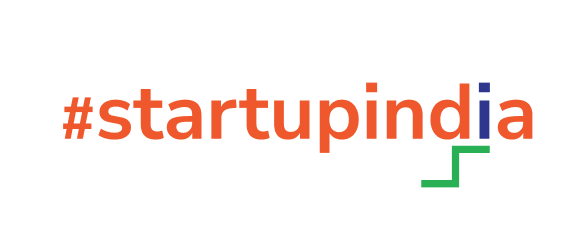Loan against Shares vs Loan against Property
When in need of funds, individuals often consider leveraging their assets to secure loans. Two popular options are loan against gold and loan against shares. While both provide financial assistance, they have distinct features and considerations. In this article, we will delve into the differences between loan against gold and loan against shares to help you make an informed decision.
Comparison Between Loan against Shares vs Loan against Gold.
| Category | Loan against Shares | Loan against Property |
| Application process | • Several NBFCs and banks offer online applications for loans against shares, providing a fully digital process that can be completed within just 15 minutes. | Applications for Loan against property often involve offline processes and extensive documentation requirements. |
| Loan Amount | ₹25000 to ₹5Crore | Up to ₹ 25 crore |
| Rate of Interest | • Flat 10 % p.a on reducing balance | • Starts from 8% p.a to 18% p.a |
| Processing Fee | • 1% of the loan amount plus applicable service tax | • 1% - 3% of the loan amount + GST |
| Loan Tenure | Upto 24 Months Tenure, 6, 9, 12, 24 Months Tenures | From 5 years to 20 years |
| Eligibility | • Applicant must be at least 18 years of age and not more than 75 years old. • You should have a Demat account with NSDL. • Your entire share portfolio should not be less than ₹50,000 • Joint holders are not eligible for a loan. • Minimum of 3 shares should be pledged. |
• Type of property- The property should be in India, be it a residential or commercial property. • Minimum and maximum age- 18 to 70 years • Employment type- Salaried or Self-employed |
| Credit Score | • No Credit Score Limit | Credit Score- 750 and above |
| NRI Cutomers | NA | NA |
| Loan to Value (LTV) Ratio | • 50% of your shares portfolio value | • LTV Ratio - Up to 75% of the value of the property |
| Prepayment charges | No Pre-payment penalty after first EMI payment | As per the terms and conditions |
| Payment Options | • EMI Repayment: Pay a monthly instalment that is divided between interest and principal repayment. • Balloon Repayment: Pay only the loan interest every month and the principal amount at the end of the loan period. |
• EMI Repayment: Pay a monthly instalment that is divided between interest and principal repayment. • Balloon Repayment: Pay only the loan interest every month and the principal amount at the end of the loan period. |
| Documentation | • Fully Digital • Aadhaar number • PAN Number • Bank IFSC code • Bank Account number • Mobile number associated with your Aadhaar & Bank account |
• Proof of Identity-PAN card, Passport, Driving License, Voter ID etc. • Proof of Address-Passport, Electricity Bill, Aadhaar card, etc. • Property Documents-Copy of original sale deed, allotment-possession letter, NOC from society. • Proof of Age-Passport, PAN card, etc. • Income Proof- Latest Income Tax Return Certificate, Form 16, salary slips, audited financial sheet, certificate of practice, qualification certificate, Shop Act License, Sales Tax Certificate, etc. |
| Turnaround time | 15 Minutes | 5 to 20 Days |
| Loan on all days | • Loan on all days, including saturday and sunday | • Monday to Friday. |
| Pros | • Faster Processing of the loan • Comparatively lower interest rates • Lower Processing Fee • No prepayment charges after 1 month • Loans can be availed as overdraft • Pay interest only on the used amount |
• Competitive interest rates • Higher Loan Amount |
| Cons | • No longer tenures | • Higher turn around time • Higher processing fee • Extensive paperwork |





